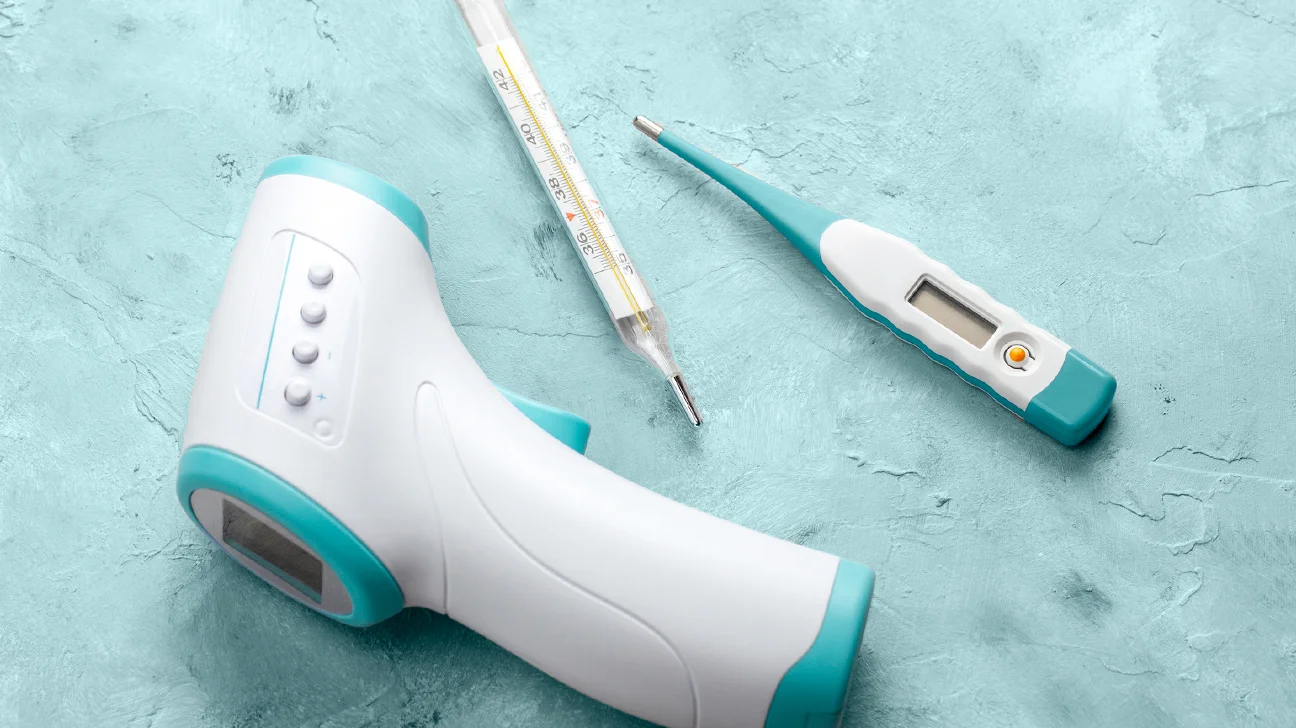
One medical gadget that holds an important place in assessing the health condition of all people, particularly in these times of COVID-19 pandemic is none other than a thermometer. Fever being the most common symptom of coronavirus, thermometer can help a person precisely indicate if the body temperature is higher or lower than normal, thereby assisting to take a prompt course of treatment and ensuring a faster recovery.
Well, having a reliable medical thermometer at home can be greatly valuable. The ability to find out if someone has a fever offers basic information about further vital actions to be taken care of. The average normal temperature of the human body is between 97 to 98.6 °F or 36.1 to 37.5°C, and temperature above 100.4°F (38°C) means that a person has a fever which is caused by an infection or illness.
There are several types of contact and contact-free thermometers are available to choose from. This depends on the age of family members, as well as a personal choice, which helps a person to finalize which type to buy.
However, it’s also essential to understand how different types of thermometers work, before using it, as not all types work the same way or are designed to provide the same readings.
Types of thermometers
Generally, there are two types of thermometers - touch and contact. Thermometers must touch the body to measure the temperature, while remote or no contact thermometers can measure body temperature without touching the skin.
Contact Thermometers
Contact thermometers are common type of thermometer, which uses electronic heat sensors to record body temperature. It can be placed on the forehead, mouth, armpit, or rectum. Most electronic thermometers have a digital display that indicates the temperature reading.
Rectal temperatures offer the most precise reading for infants,3 months or younger, as well as children 3 years of age. Temperature monitored from the armpit is least accurate. For older children and adults, oral readings are precise, if the mouth remains closed while the thermometer is in place.
Remote Thermometers
Many schools, business organizations and health care setups are regularly monitoring the visitors for fever. A remote thermometer is beneficial, as it doesn’t require any skin contact and allows people to stay further apart. Remote thermometers can be used on the forehead or the ear.
Digital Thermometers
This type of thermometer works by using heat sensors that determine body temperature. It can be used to take temperature readings in the mouth, rectum, or armpit. When measuring temperature using a digital thermometer, keep a note that armpit (axillary) temperature runs about ½ to 1°F (0.6°C) lower than oral readings. Rectal thermometers run ½ to 1°F (0.6°C) higher than oral readings.

 Admin
Admin
Leave A Reply
Your email address will not be published. Required fields are marked *